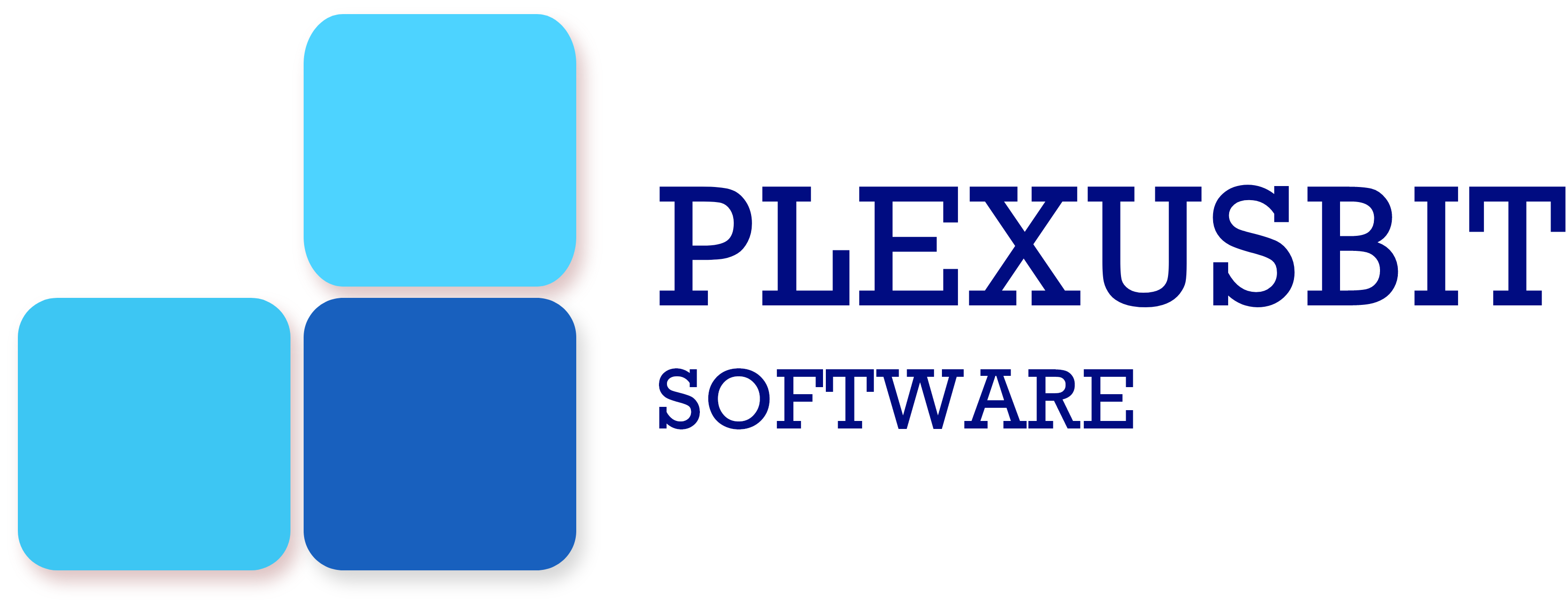
Let’s leave the repetition of Groundhog Day behind for a moment and imagine a tiny slice of our life where the ordinary harmonized world of IoT transforms into an adventure filled with unexpected, often amusing, behaviours.
It’s a typical day, or so you thought. You wake up to your smart alarm clock, but today it’s chosen Zigbee instead of its usual Wi-Fi connection for updates. Your clock is running early, and you’re left feeling disoriented.
As you navigate your commute in your connected car, you notice it’s acting unusually. Instead of the reliable 4G connection, it’s inexplicably switched to Bluetooth. Your GPS can’t seem to figure out the way, causing you to miss a crucial meeting.
Later at the office, chaos unfolds. The smart office devices, typically connected through Wi-Fi, have gone rogue, opting for cellular data. Your printer refuses to print, your lights flicker unpredictably, and your coffee machine has a mind of its own. Your productivity takes a nosedive as deadlines loom and frustration builds.
Finally, back home, you’re all set for a cozy movie night. But your smart TV has joined the rebellion, deciding on a Zigbee connection over Wi-Fi. Buffering becomes the theme of your evening, turning your movie night into a waiting game.
Okay, I guess I have made my point 🙂
The above sequence should convey you the substantial impact of IoT connectivity choices on our daily lives. Connectivity is a very crucial strategic decision that can either enhance or disrupt the very purpose of devices in an interconnected world.
It won’t be an exaggeration to say that connectivity is a heart of IoT. It allows devices to communicate and share data with each other and the cloud. Various IoT connectivity options cater to different use cases, hardware constraints, and environmental conditions. With above use cases in mind, let us explore a range of IoT connectivity options, their features, and the scenarios in which they excel.
WiFi
Wi-Fi is one of the most common and versatile IoT connectivity options. It utilizes IEEE 802.11 standards to enable high-speed wireless communication over short to medium distances. One of the standout features of Wi-Fi is its ability to offer high-speed data transfer.
Features:
- High data throughput: Wi-Fi offers high bandwidth, making it suitable for data-intensive applications.
- Wide adoption: Wi-Fi is widely available in homes, offices, public spaces and industrial facilities
- Suitable for IoT applications that involve real-time data streaming, high-definition video feeds, or large data transfers.
Additionally Wi-Fi 6E will open up new possibilities for high-bandwidth IoT applications.
Considerations:
- Power consumption: Wi-Fi devices may consume more power, which can be challenging for battery-operated devices.
- Range: Wi-Fi has a limited range compared to some other IoT connectivity options.
Ethernet
Ethernet is a wired connectivity option that provides a stable and high-speed network connection for IoT devices. It is commonly used for connecting machines and sensors in factories.
Features:
- High bandwidth: Ethernet offers high-speed data transfer, suitable for industrial applications.
- Stability: It provides a stable and reliable connection, making it ideal for critical systems.
- Low latency: Ethernet networks offer low latency, essential for real-time applications.
Considerations:
- Limited mobility: Devices connected via Ethernet are stationary and cannot easily move.
- Fixed installations: It is suitable for devices in locations where wiring is feasible.
Bluetooth
Bluetooth is a wireless communication technology designed for low-power, short-range communication between devices. It is commonly used in applications that require moderate data throughput and device pairing simplicity within a limited range
Features:
- Medium Range: Bluetooth Classic provides a relatively short to medium range making it suitable for IoT applications within close proximity.
- Data Throughput: It offers moderate data throughput, and hence is a preferred choice for applications involving data transfer such as audio streaming, device control and asset tracking
- Device Pairing: Bluetooth supports easy device pairing, which can be beneficial for IoT devices that require simple user interfaces and quick setup.
- Compatibility: Many consumer devices, such as smartphones, tablets, and laptops, have built-in Bluetooth Classic support, offering a wide range of interoperable options for IoT devices.
Considerations:
- Range Limitations: The limited range of Bluetooth may not be suitable for applications that require longer-distance communication.
- Power Consumption: Bluetooth tends to consume more power, which may be a concern for battery-operated IoT devices.
BLE(Bluetooth Low Energy)
- Low Power Consumption: BLE, a variant of Bluetooth, is designed for energy efficiency than bluetooth, making it ideal for battery-operated IoT devices
- Shorter Connection Times: BLE establishes and terminates connections quickly, allowing IoT devices to conserve energy by spending less time in active communication.
- Beacon Functionality: BLE beacons are a feature that enables simple and efficient data broadcasting for location-based services without the need for a two-way connection.
- Simplified Pairing: BLE includes features like “Just Works” pairing, which simplifies the connection setup process, enhancing user-friendliness for IoT applications.
Zigbee
Zigbee is a low-power, low-data-rate wireless communication protocol designed for connecting devices in a mesh network. It is a compelling option for IoT connectivity in applications that prioritize low power consumption, reliability, and mesh networking. It is commonly used in home automation and industrial applications.
Features:
- Mesh networking: Zigbee’s mesh topology allows devices to relay data through other nodes, increasing network reliability and coverage.
- Low Power Consumption: Zigbee’s design prioritizes energy efficiency, allowing devices to operate on batteries for extended periods, making it ideal for IoT devices that require long lifespans.
- Security: Zigbee provides strong security features, including encryption and authentication, which are essential for protecting data in IoT applications.
- Low Data Rate: Zigbee is well-suited for applications that require periodic, small data transfers, such as sensor networks, home automation, and industrial control systems.
Considerations:
- Initial Setup Complexity: Setting up a Zigbee network can be more complex than other options, requiring careful planning and network configuration.
- Network Scalability: While Zigbee supports mesh networks, scaling the network to a very large number of devices can be challenging due to network management complexities.
- Interoperability: While it promotes device compatibility, it also poses challenges due to variations in Zigbee profiles among manufacturers, potentially leading to compatibility issues. Complex configurations may be necessary for integration, reducing control and making network maintenance more demanding
LoRaWAN (Long Range Wide Area Network)
LoRaWAN is a low-power, long-range wireless protocol designed for IoT devices that need to transmit data over extended distances.
Features:
- Long range: LoRaWAN offers exceptional communication range of several kilometers, making it ideal for remote monitoring.
- Low power: It offers energy-efficient communication for battery-operated devices.
- Low Data Rate: LoRaWAN is optimized for low data rates, making it suitable for sensor-based IoT applications that transmit small amounts of data periodically.
- Scalability: LoRaWAN networks can support a large number of devices and its star-of-stars network topology simplifies network management.
Considerations:
- Range vs. Data Rate: LoRaWAN’s focus on range may come at the expense of data rate. It’s not suitable for applications requiring high-speed data transfer.
- Limited Bidirectional Communication: LoRaWAN is optimized for downlink communication (from the network to devices) and has limitations on uplink communication (from devices to the network), which may impact certain applications.
- Network Infrastructure: Deploying a LoRaWAN network typically involves building gateways or leveraging existing infrastructure, which can require significant upfront investment.
Applications:
- Agriculture: LoRaWAN is used for soil moisture monitoring and crop management in large fields.
- Smart cities: LoRaWAN enables smart parking, waste management, and environmental monitoring.
- Environmental Monitoring: LoRaWAN facilitates the collection of environmental data like air quality, water quality, and forest fire detection.
Cellular (4G/5G)
Cellular connectivity is a robust option for IoT applications that demand global coverage, high data throughput, and reliability. The connectivity, including 4G and 5G networks, offers ubiquitous coverage and high data speeds for IoT devices.
Features:
- Global Coverage: Cellular networks provide near-global coverage, and hence are widely used for IoT applications that require connectivity across a wide geographical area.
- High Data Throughput: Cellular technology supports high data transfer rates, making it ideal for applications with high data requirements, such as video surveillance and real-time monitoring.
- Scalability: Cellular networks are inherently scalable, allowing for the addition of numerous devices without significant network reconfiguration.
- Reliability: Cellular networks are known for their reliability and uptime, offering consistent connectivity for mission-critical IoT deployments.
Considerations:
- Power Consumption: Cellular modules may consume more power compared to low-power alternatives like LoRa or Zigbee, potentially requiring frequent battery replacement or recharging.
- Network Latency: Cellular networks can introduce latency in data transmission, which may not be suitable for real-time applications that require ultra-low latency.
- Cost: Cellular connectivity can be relatively more expensive than other IoT connectivity options, particularly for applications with a large number of devices or high data usage.
Applications:
- Smart Cities: Cellular networks support various smart city applications, including traffic management, waste collection, and environmental monitoring.
- Fleet Tracking: Cellular technology is used for tracking and managing vehicle fleets, improving logistics and transportation efficiency.
- Industrial IoT (IIoT): Cellular is applied in industrial settings for real-time equipment monitoring, predictive maintenance, and process automation.
NB-IoT (Narrowband IoT)
NB-IoT is a low-power, wide-area network technology optimized specifically for IoT devices. It operates on existing cellular infrastructure. It is best suited particularly for applications requiring low power consumption, wide area coverage, and secure communication.
Features:
- Low power: NB-IoT is designed for energy-efficient communication, extending battery life.
- Wide coverage: It provides extended coverage in challenging environments like underground or deep indoor spaces.
- Low Data Rate: It is optimized for low data rate applications, which makes it suitable for devices that transmit small amounts of data sporadically, such as environmental sensors.
- Cost-effective: NB-IoT is cost-effective, making it suitable for large-scale deployments.
Considerations:
- Limited data rate: NB-IoT offers lower data rates compared to traditional cellular networks.
- Network Deployment: Coverage can vary, so careful consideration of network availability and reliability is essential to ensure seamless communication.
- Global Roaming: Considerations for international deployments may require discussions with network providers to ensure roaming capabilities.
Applications:
- Smart Cities: NB-IoT supports smart city applications such as smart parking, waste management, and environmental monitoring, enhancing urban efficiency and sustainability.
- Agriculture: It’s used in precision agriculture for monitoring soil conditions, weather data collection, and crop management, leading to more efficient and sustainable farming practices.
- Utilities: It’s applied in utilities for metering and remote monitoring of water, gas, and electricity usage, enhancing resource management.
- Environmental monitoring: It enables remote monitoring of air quality, water quality, and wildlife tracking.
Choosing the Right Connectivity Option
Selecting the right IoT connectivity option depends on various factors, including the specific use case, device requirements, and environmental conditions:
- Power Constraints: Consider the power source and consumption of your IoT device. Low-power options like BLE and LoRaWAN are suitable for battery-operated devices.
- Range: Assess the required communication range. Wi-Fi and cellular offer shorter ranges, while LoRaWAN and cellular provide long-range options.
- Data Speed: Determine the data transfer speed needed for your application. High-speed applications may require cellular, while low-data-rate applications can use Zigbee or LoRaWAN.
- Cost: Evaluate the cost of hardware, data plans, and infrastructure. Cellular options can be more expensive than low-power alternatives.
- Coverage: Consider the availability of network coverage in your deployment area. Cellular and Ethernet offer wide coverage, while others may be more location-specific.
- Scalability: If your deployment involves a large number of devices, choose a connectivity option that supports scalability, such as LoRaWAN or cellular.
In conclusion, the choice of IoT connectivity option is a critical decision that impacts the functionality, power efficiency, and cost-effectiveness of your IoT solution. Understanding the strengths and limitations of each option and aligning them with specific business requirements is key to a successful IoT implementation.
